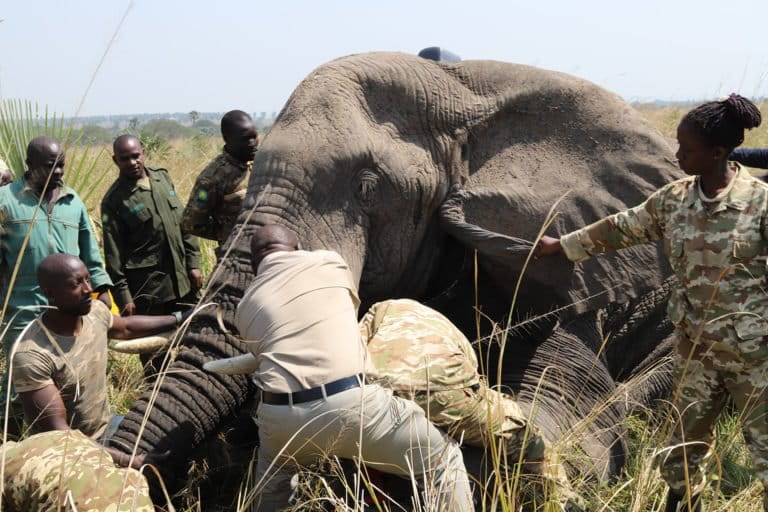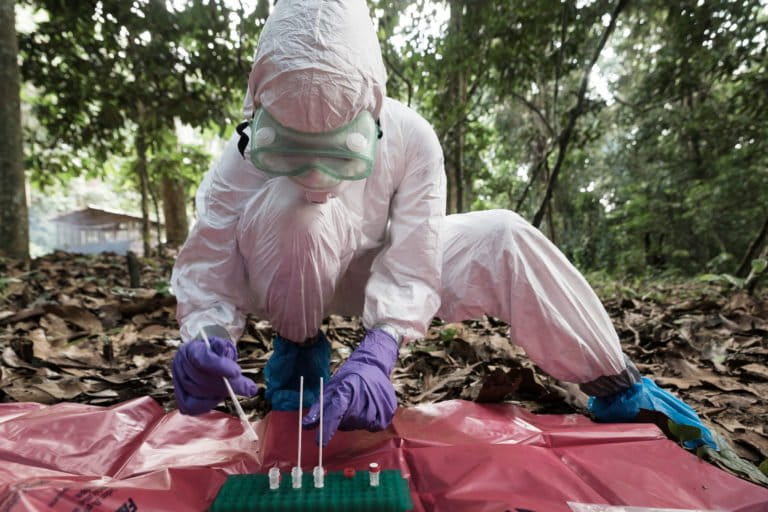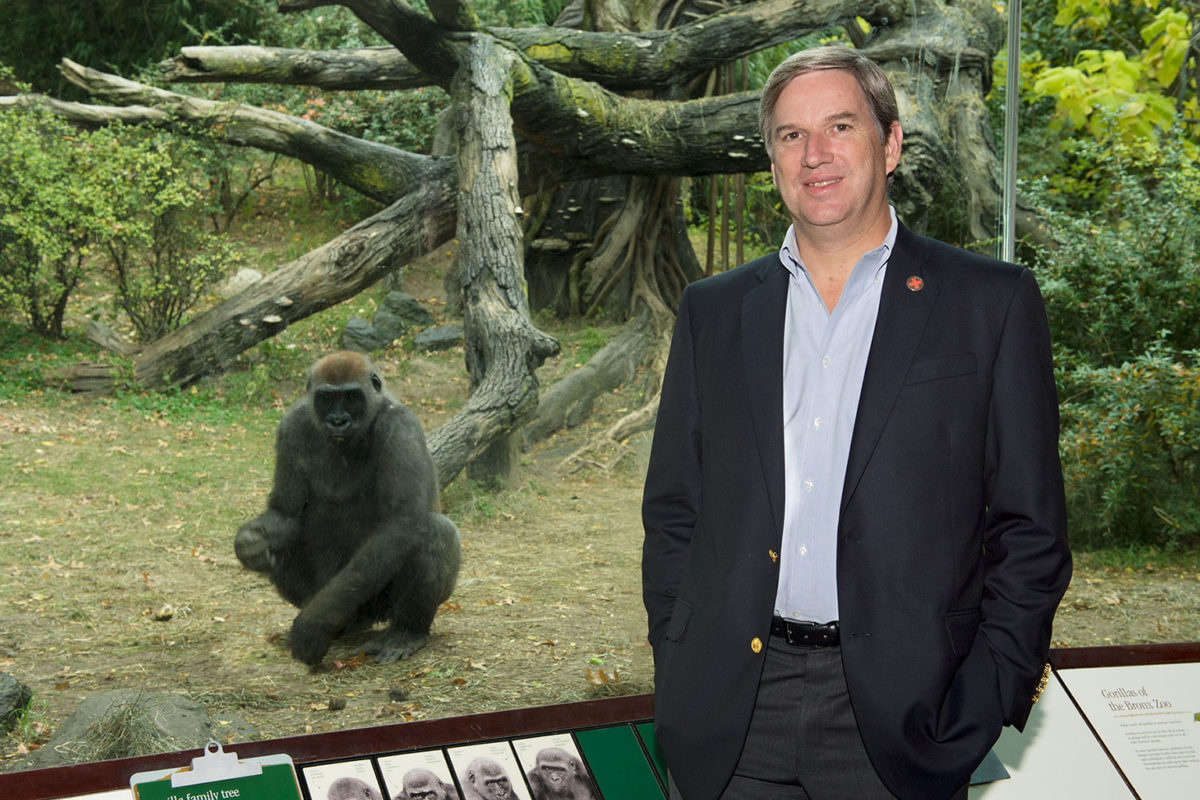Between the global pandemic, the accelerating impacts of climate change and environmental degradation, and the conservation sector’s reckoning with its colonial past, 2020 and 2021 have been a tumultuous time for efforts to conserve the planet.
As an organization that has extensive field operations in about 60 countries and runs a network of zoos and an aquarium in New York City, the Wildlife Conservation Society (WCS) has not been spared these challenges: It has had to navigate the loss of staff and their loved ones to COVID-19, the complex dynamics of having a presence in so many different places at a time of great uncertainty and hardship, and public outcry over what are now widely viewed as “antiquated and racist” practices dating back to its founding as the New York Zoological Society in the 1890s.
WCS is emerging from the second year of the pandemic with a new strategy that doubles down on the organization’s strengths and responds to emerging trends that expand the relevance of conservation for everyone. Cristián Samper, the President and CEO of WCS, told Mongabay that WCS is focusing on how it is uniquely positioned to address “three interconnected crises” we presently face: the loss of biodiversity, climate change, and pandemics.
“The year 2020 will be remembered as one of the most challenging for our generation,” Samper said. “The pandemic, which has impacted the lives of all people and all nations, has reminded us that we are all part of nature. We are at an inflection point; a moment that demands new solutions to how we live and interact with nature.
“Our new strategy is based on the interconnectedness of these crises and most importantly, their solutions. The next decade will be crucial if we want to build a carbon neutral and nature positive future for us and all life on Earth.”

According to Samper, that “carbon neutral and nature positive future” involves working with Indigenous and local communities to protect and steward ecosystems that store carbon and house wildlife, restoring damaged and degraded habitats through rewilding initiatives, promoting the “One Health” approach that links human health to a planetary health, using science to inform policy, and inspiring the public to care about nature and animals. Forests are a particular priority for WCS.
“Our new strategy emphasizes forests and natural ecosystems because they play critical roles in climate mitigation, adaptation and biodiversity conservation,” Samper said. “Preventing deforestation can also help us avoid future zoonotic pandemics. Forests are home to two-thirds of land-based plants and animals, and they support the livelihoods for 1.6 billion people. They absorb nearly a third of every ton of carbon emitted and provide services like water and erosion control.”

Samper said that the scale of the challenges we face means that success will hinge on collaboration between a wide array of stakeholders that haven’t always worked together.
“The conservation sector needs more collaboration and to realize that no single organization can save the planet for future generations,” he said. “The conservation community cannot work in its own silo. We need to work more with other sectors like agriculture, energy, finance, health, and the private sector. If we can learn to collaborate better, we will see exponentially bigger impact.”
While this sort of transition may seem like a tall order for a field that has at times been criticized for its traditional top-down approach, Samper noted that the conservation sector has evolved substantially since he got his start three decades ago, becoming more inclusive and cross-disciplinary.
“We have moved from focusing on single species to places and ecosystems, now we tackle systemic drivers like agriculture and climate, and we work with people from multiple disciplines and backgrounds,” he said. I see much more awareness about the threats to biodiversity and the impacts of climate change on nature and people, especially among younger people.
“I also see more diversity in the field, with more women and people from different backgrounds working in conservation, making us stronger and more effective. But we still need to build stronger institutions in the countries where biodiversity is found.”
Samper spoke about these topics and many more during a recent conversation with Mongabay founder Rhett A. Butler.

